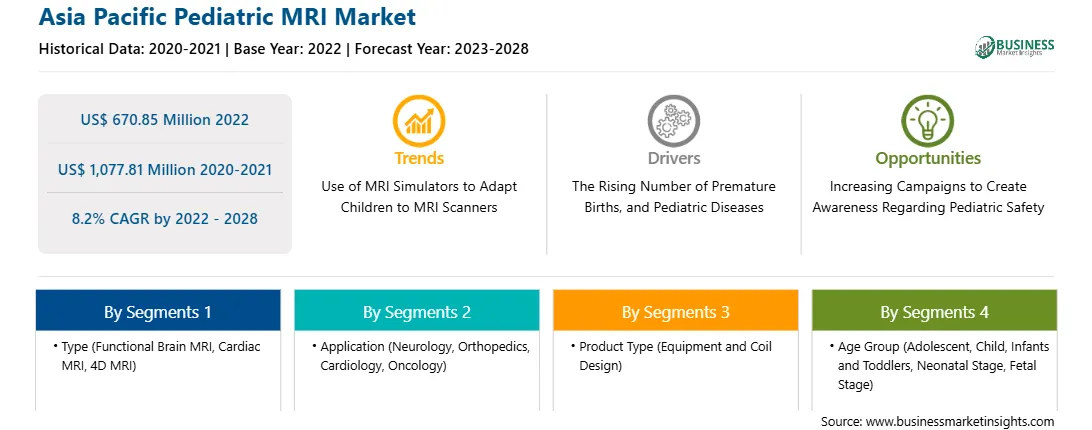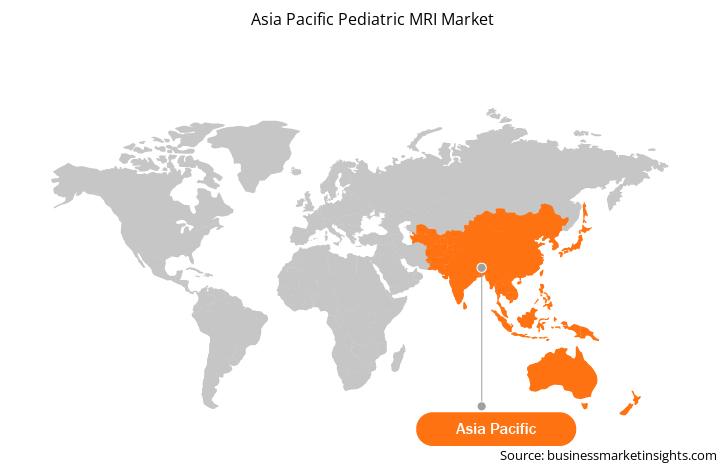The experience of undergoing magnetic resonance imaging (MRI) can lead to anxiety, particularly for pediatric patients and their families. As a result, children are often sedated to complete the exam. However, sedation increases the cost of the procedure and requires an anesthesiologist to be present during the exam. Alternative methods to improve success and ensure non-sedation experience can be implemented with the adoption of new technologies and simulations that reduce the number of procedures requiring anesthesia. An MRI simulator can be used on children to scan and assess if they need sedation; it is available in various forms. Virtual reality, a computer-generated simulation of a 3D environment that can be experienced using a head-mounted display (HMD), has emerged as an effective solution for reducing anxiety in various pediatric psychological applications, including fear of the procedure. For instance, the Ambient Experience program by Philips Healthcare incorporates architecture, design, and other technologies for lighting and sound to create a relaxed environment for the scan. For MRI scans, Philips offers the Ambient Experience in-bore Connect, which projects videos inside the bore to calm and instruct patients. The children can select a theme, which can be played in the room before the scan and inside the bore during the scan. In March 2021, Philips and The Walt Disney Company collaborated to test the effects of custom-made animation, such as specially made Disney stories, in the Philips Ambient Experience. A few of Disney animation stories featured Mickey Mouse, Ariel, Marvel’s Avengers, Star Wars’ Yoda, and other Disney characters. Therefore, the implementation of such technologies and play-based simulators to help children adapt to MRI scans is expected to boost the market growth during the forecast period.
The pediatric MRI market in Asia Pacific is segmented into China, Japan, India, Australia, South Korea, and the Rest of Asia Pacific. The market is driven by factors such as increasing number of R&D activities, adoption of innovative technologies and products, and rising use of MRI devices owing to the growing prevalence of pediatric diseases in the region. In recent years, Japan has experienced an enormous increase in road traffic accidents, which drives the demand for pediatric MRI. It is used to help diagnose a wide range of conditions in children that are caused due to injury, illness, or congenital abnormalities. It detects a variety of brain conditions and abnormalities such as cysts, tumors, bleeding, swelling, and problems with the blood vessels. Such aforementioned factors boost the pediatric MRI market growth in Japan.
Strategic insights for the Asia Pacific Pediatric MRI provides data-driven analysis of the industry landscape, including current trends, key players, and regional nuances. These insights offer actionable recommendations, enabling readers to differentiate themselves from competitors by identifying untapped segments or developing unique value propositions. Leveraging data analytics, these insights help industry players anticipate the market shifts, whether investors, manufacturers, or other stakeholders. A future-oriented perspective is essential, helping stakeholders anticipate market shifts and position themselves for long-term success in this dynamic region. Ultimately, effective strategic insights empower readers to make informed decisions that drive profitability and achieve their business objectives within the market. The geographic scope of the Asia Pacific Pediatric MRI refers to the specific areas in which a business operates and competes. Understanding local distinctions, such as diverse consumer preferences (e.g., demand for specific plug types or battery backup durations), varying economic conditions, and regulatory environments, is crucial for tailoring strategies to specific markets. Businesses can expand their reach by identifying underserved areas or adapting their offerings to meet local demands. A clear market focus allows for more effective resource allocation, targeted marketing campaigns, and better positioning against local competitors, ultimately driving growth in those targeted areas.Asia Pacific Pediatric MRI Strategic Insights

Asia Pacific Pediatric MRI Report Scope
Report Attribute
Details
Market size in 2022
US$ 670.85 Million
Market Size by 2028
US$ 1,077.81 Million
Global CAGR (2022 - 2028)
8.2%
Historical Data
2020-2021
Forecast period
2023-2028
Segments Covered
By Type
By Application
By Product Type
By Age Group
By End User
Regions and Countries Covered
Asia-Pacific
Market leaders and key company profiles
Asia Pacific Pediatric MRI Regional Insights

Asia Pacific Pediatric MRI Market Segmentation
The Asia Pacific pediatric MRI market is segmented based on type, application, product type, age group, end user, and country. Based on type, the Asia Pacific pediatric MRI market is segmented into functional brain MRI, cardiac MRI, 4D MRI, and others. The functional brain MRI segment held the largest market share in 2022.
Based on application, the Asia Pacific pediatric MRI market is segmented into neurology, orthopedics, cardiology, oncology, and others. The neurology segment held the largest market share in 2022.
Based on product type, the Asia Pacific pediatric MRI market is bifurcated into equipment and coil design. The equipment segment held a larger market share in 2022.
Based on age group, the Asia Pacific pediatric MRI market is segmented into adolescent (11-18 Years), child (2-11 Years), infants and toddlers (28 Days-23 Months), neonatal stage (0-27 Days), and fetal stage. The adolescent (11-18 Years) segment held the largest market share in 2022.
Based on end user, the Asia Pacific pediatric MRI market is segmented into hospitals, pediatric clinics, diagnostic centers, and others. The hospitals segment held the largest market share in 2022.
Based on country, the Asia Pacific pediatric MRI market is segmented into China, Japan, India, Australia, South Korea, and the Rest of Asia Pacific. Japan dominated the Asia Pacific pediatric MRI market share in 2022.
GE HealthCare Technologies Inc, Hyperfine Inc, Koninklijke Philips NV, LMT Medical Systems GmbH, Siemens Healthineers AG, and Time Medical Holding are some of the leading players operating in the Asia Pacific pediatric MRI market.
The Asia Pacific Pediatric MRI Market is valued at US$ 670.85 Million in 2022, it is projected to reach US$ 1,077.81 Million by 2028.
As per our report Asia Pacific Pediatric MRI Market, the market size is valued at US$ 670.85 Million in 2022, projecting it to reach US$ 1,077.81 Million by 2028. This translates to a CAGR of approximately 8.2% during the forecast period.
The Asia Pacific Pediatric MRI Market report typically cover these key segments-
The historic period, base year, and forecast period can vary slightly depending on the specific market research report. However, for the Asia Pacific Pediatric MRI Market report:
The Asia Pacific Pediatric MRI Market is populated by several key players, each contributing to its growth and innovation. Some of the major players include:
The Asia Pacific Pediatric MRI Market report is valuable for diverse stakeholders, including:
Essentially, anyone involved in or considering involvement in the Asia Pacific Pediatric MRI Market value chain can benefit from the information contained in a comprehensive market report.